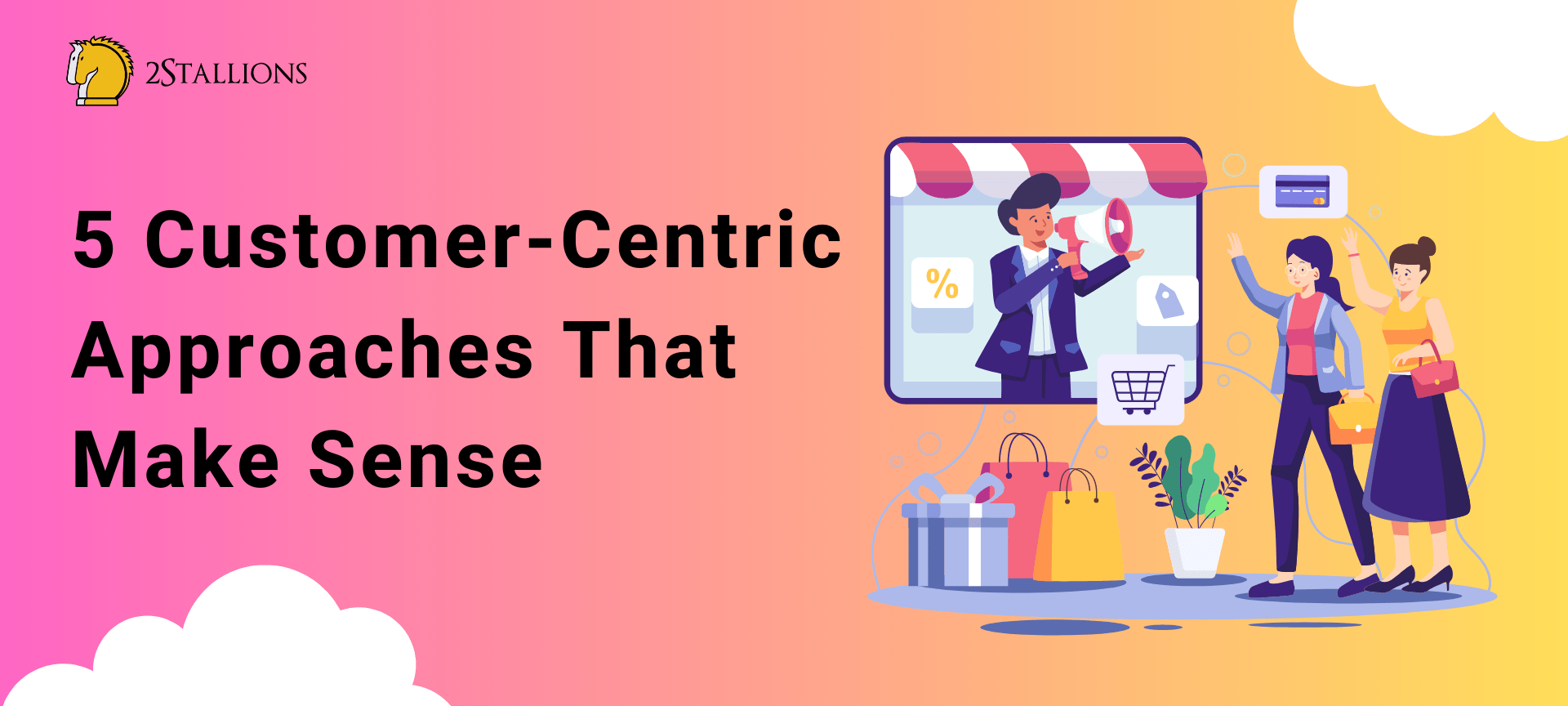SHARE
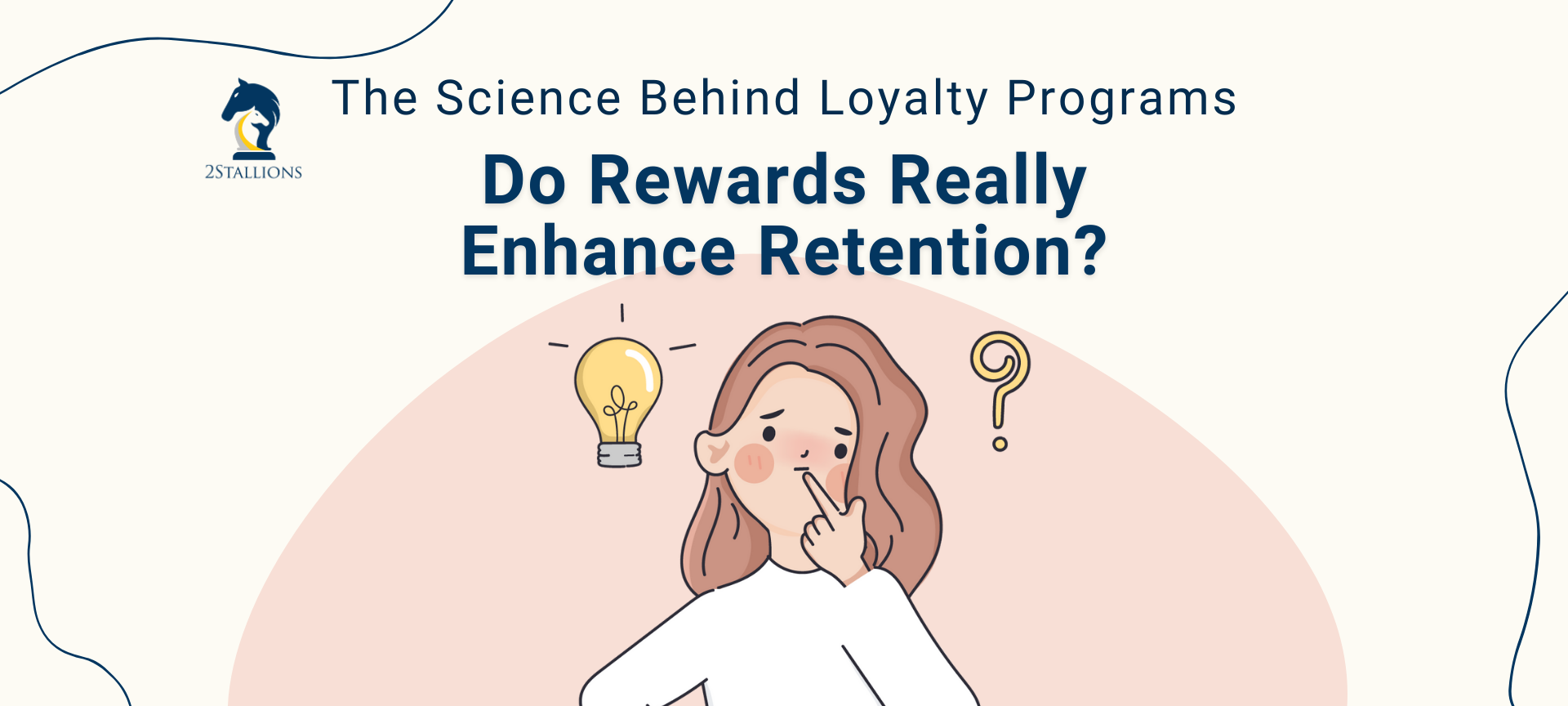
Loyalty programs have become a pervasive part of our consumer culture, with businesses from all sectors utilising rewards to foster customer loyalty. But how effective are these programs in actually enhancing customer retention? We will delve into the science behind loyalty programs and the psychological and mechanical factors that lead to their success. Additionally, we will explore how businesses can evaluate the effectiveness of their loyalty programs and discuss emerging trends that could shape the future of customer retention.
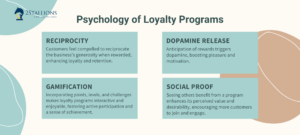
Understanding the Psychology of Loyalty Programs
When it comes to loyalty programs, understanding the underlying psychology is key to creating a successful strategy. One of the fundamental aspects of human behaviour that loyalty programs tap into is the concept of reciprocity.
Loyalty programs reinforce the reciprocity principle by offering rewards in exchange for repeat business. Customers feel the obligation to reciprocate the business’s generosity, leading to increased loyalty and retention. Furthermore, research has shown that the anticipation of a reward can release dopamine, a neurotransmitter associated with pleasure and motivation, in the brain.
Moreover, loyalty programs also leverage the psychological principle of gamification to engage customers. By incorporating elements of games, such as points, levels, and challenges, into the loyalty program, businesses can make the experience more interactive and enjoyable for customers. This gamified approach encourages customers to participate more actively and creates a sense of achievement and progress as they move towards unlocking rewards.
Additionally, another psychological factor at play in loyalty programs is the concept of social proof. Customers who see others benefiting from a loyalty program, whether through discounts, exclusive offers, or special perks are more likely to perceive the program as valuable and desirable. This social validation can influence their decision to join and engage with the program, as they seek to belong to a community of like-minded individuals who appreciate the brand’s offerings.
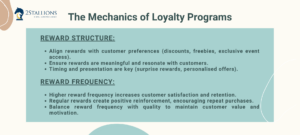
The Mechanics of Loyalty Programs
While the psychology behind loyalty programs is intriguing, the mechanics of these programs also play a crucial role in their effectiveness. Understanding the intricate details of how loyalty programs are structured and operate can provide valuable insights into their impact on customer behaviour and retention.
How Rewards Are Structured in Loyalty Programs
The structure of rewards within a loyalty program can heavily influence customer retention. Businesses must carefully craft reward systems that offer meaningful benefits that align with customer preferences and desires. The rewards must genuinely resonate with customers to incentivise continued engagement whether discounts, freebies, or exclusive event access. Moreover, the timing and presentation of rewards can also impact their perceived value. For example, surprise rewards or personalised offers can create a sense of delight and exclusivity, further strengthening the bond between the customer and the brand.
The Impact of Reward Frequency on Customer Retention
A key consideration when designing a loyalty program is how frequently rewards are offered. Research has shown that a higher reward frequency can increase customer satisfaction and retention. Regular rewards create a positive reinforcement loop, reinforcing customer loyalty and encouraging repeat visits or purchases. However, the type of rewards and their perceived value also play a significant role. Balancing the frequency of rewards with their quality is essential to ensure that customers feel truly valued and motivated to remain loyal to the brand.
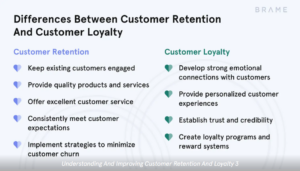
( Source: BRAME )
Evaluating the Effectiveness of Loyalty Programs
Measuring the effectiveness of loyalty programs is imperative for businesses looking to optimise their strategies and achieve maximum customer retention.
When delving into the realm of loyalty programs, it is essential for businesses to not only focus on the quantitative data but also to consider the qualitative aspects. Customer feedback, testimonials, and reviews play a significant role in providing a holistic view of how well a loyalty program is performing. By listening to the voice of the customer, businesses can uncover valuable insights that may not be captured through traditional metrics alone.
Measuring Customer Retention in Loyalty Programs
Businesses can gauge the success of their loyalty programs by monitoring customer retention rates. This can be done by tracking key metrics such as repeat purchases, average order value, and customer lifetime value. Analysing these metrics can gain insights into their loyalty programs’ impact on customer loyalty and retention.
Moreover, delving deeper into customer segmentation can provide a more nuanced understanding of how various customer groups engage with their loyalty programs. By identifying patterns and trends within these segments, businesses can tailor their loyalty initiatives to meet diverse customer base needs and preferences.
The Correlation Between Rewards and Customer Loyalty
It’s also crucial to explore the correlation between rewards and customer loyalty. By gathering feedback through surveys or engaging in customer conversations, businesses can gain valuable insights into the effectiveness of their rewards. Understanding which rewards resonate most with their target audience empowers companies to make data-driven decisions that will enhance customer retention.
Furthermore, conducting A/B testing on different reward structures and incentives can provide businesses with concrete evidence of what drives customer loyalty. By experimenting with various reward mechanisms, companies can refine their loyalty programs to offer incentives that resonate with their customers, ultimately leading to improved retention rates and long-term customer satisfaction.
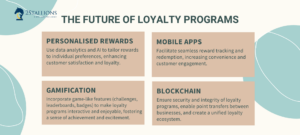
The Future of Loyalty Programs
As technology progresses and consumer expectations evolve, loyalty programs could change. Let’s delve deeper into this fascinating topic and explore some exciting innovations that lie ahead.
Innovations in Reward Systems
One area of innovation is the development of personalised rewards. By leveraging data analytics and artificial intelligence, businesses can tailor rewards to individual customers based on their preferences, purchase history, and behaviour patterns. Imagine receiving a reward that suits your interests and desires, making you feel truly valued as a customer. This hyper-personalisation enhances customer satisfaction and strengthens loyalty, as customers feel a deeper connection with the brand.
Furthermore, the future of loyalty programs may see gamification elements. By introducing game-like features such as challenges, leaderboards, and badges, businesses can make the loyalty experience more interactive and enjoyable. Customers can earn points and unlock exclusive rewards by completing tasks or reaching certain milestones, creating a sense of achievement and excitement. This gamified approach adds an element of fun to loyalty programs, making them even more engaging and enticing for customers.
The Role of Technology in Enhancing Customer Retention
Emerging technology intergrations, such as mobile apps and blockchain, present exciting opportunities to enhance business customer retention. Mobile apps allow for seamless reward tracking and redemption, making it effortless for customers to engage with loyalty programs. With just a few taps on their smartphones, customers can check their points balance, browse available rewards, and redeem them instantly. This convenience and ease of use increase customer satisfaction and encourage repeat purchases and long-term loyalty.
Another technological advancement that holds great promise for loyalty programs is blockchain. By leveraging the decentralised and transparent blockchain technology, businesses can ensure the security and integrity of their loyalty programs. Customers can have peace of mind knowing that their reward points and personal information are protected from fraud and tampering. Additionally, blockchain can enable the loyalty points transfer between different businesses, creating a unified loyalty ecosystem that offers customers a wider range of rewards and benefits.
In conclusion, loyalty programs can be an effective tool for enhancing customer retention. By understanding the psychology behind these programs, structuring rewards appropriately, and evaluating their effectiveness, businesses can create loyalty programs that foster long-term customer loyalty. Furthermore, embracing emerging trends and technology, such as personalised rewards, gamification, mobile apps, and blockchain, can provide a competitive edge and ensure continued success in the ever-evolving landscape of customer retention. The future of loyalty programs is bright and full of exciting possibilities.
Frequently Asked Questions About What is the scientific basis for loyalty programs enhancing retention?
What is the scientific basis for loyalty programs enhancing retention?
The scientific basis for loyalty programs lies in behavioural economics and psychology, particularly the principles of positive reinforcement and reciprocity, which suggest that rewarding customers for their loyalty increases their likelihood of repeat purchases.
Do rewards in loyalty programs genuinely enhance customer retention?
Yes, rewards in loyalty programs can enhance customer retention by creating emotional connections, offering tangible value, and making customers feel appreciated, which encourages them to continue choosing the brand over competitors.
What types of rewards are most effective in loyalty programs?
The most effective rewards are those that are perceived as valuable and relevant by the customers, such as discounts, exclusive offers, and personalised experiences that cater to their preferences and behaviours.
How can businesses optimise their loyalty programs?
Businesses can optimise their loyalty programs by ensuring the rewards are attainable and appealing, personalising the rewards and communications, continuously gathering and acting on customer feedback, and using data analytics to refine the program’s effectiveness.





